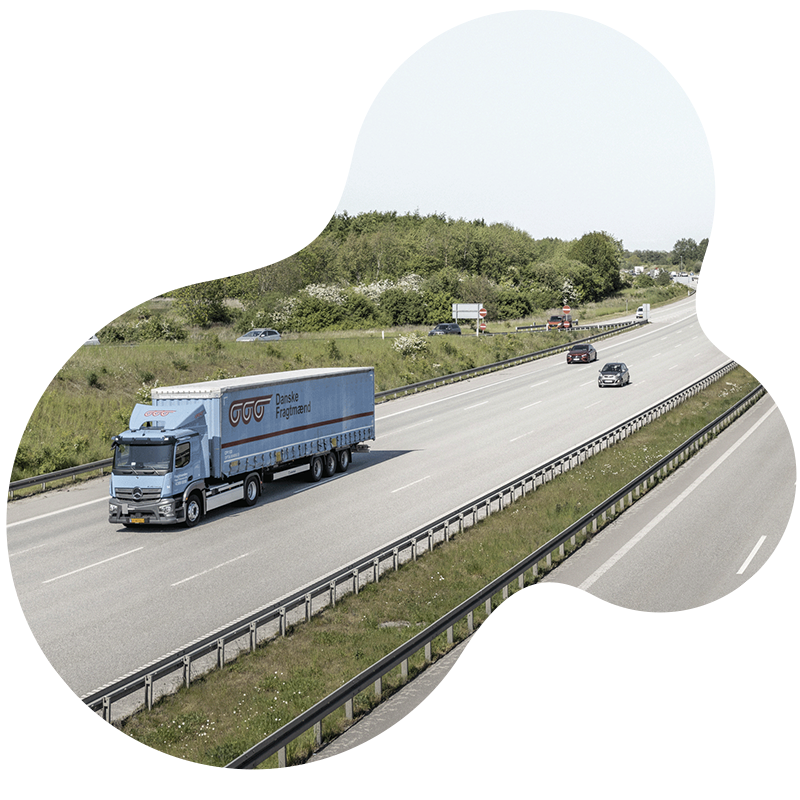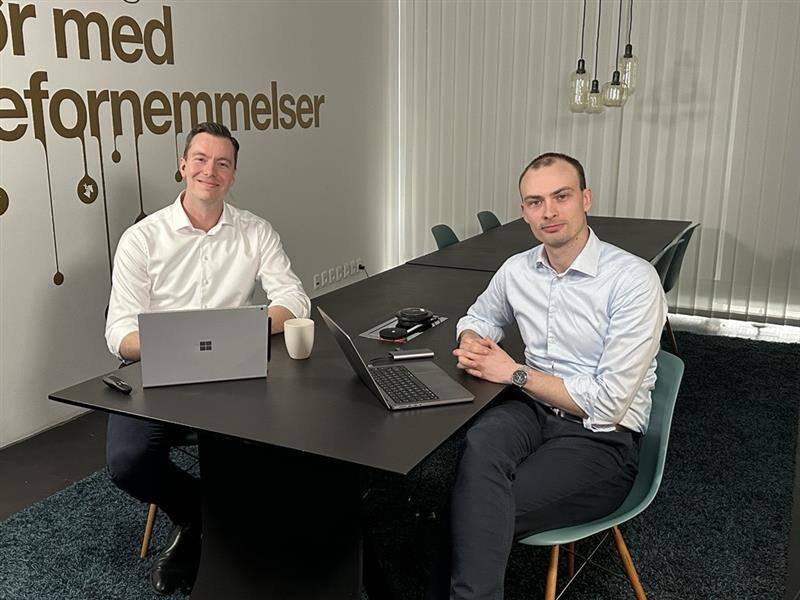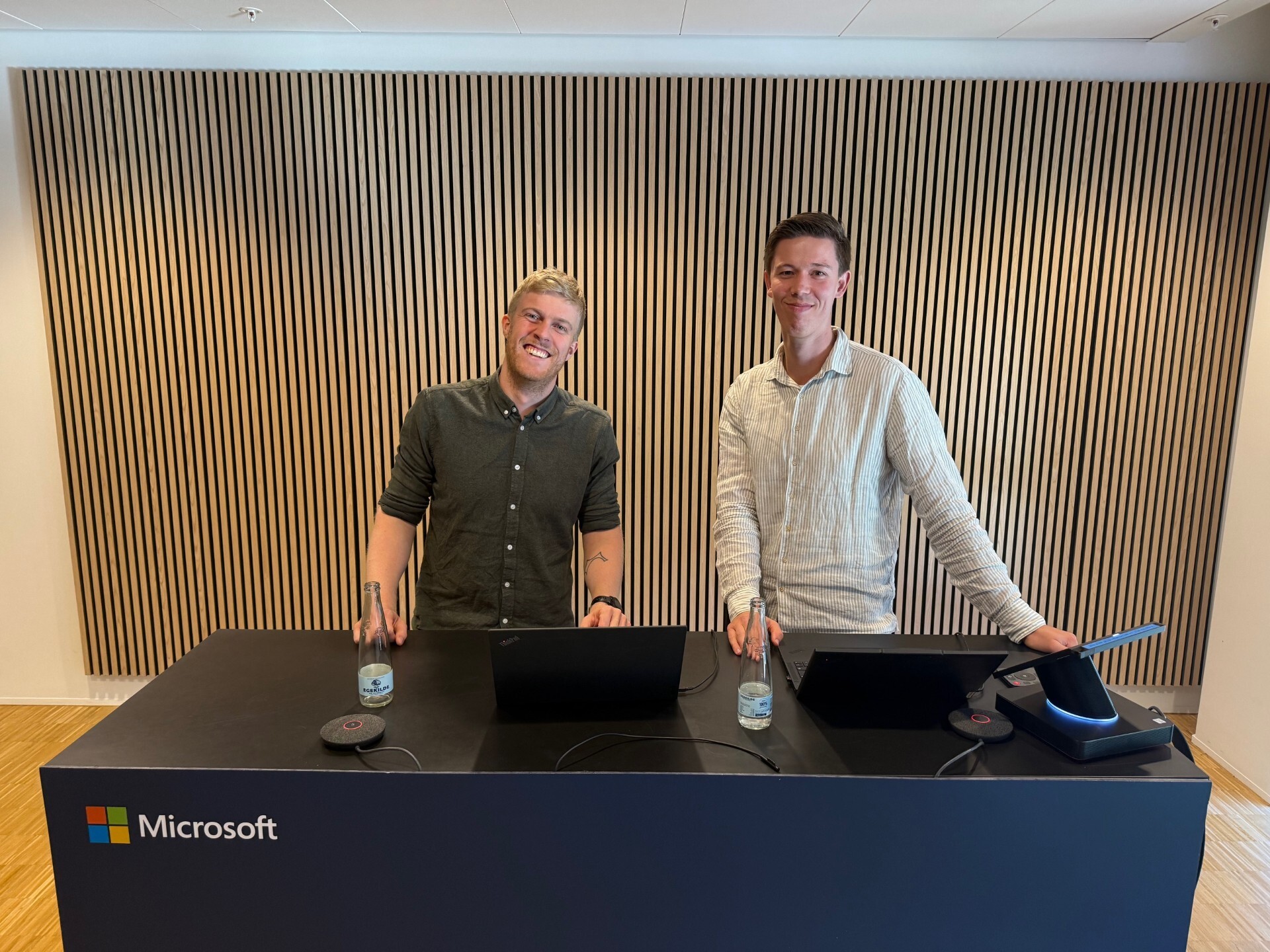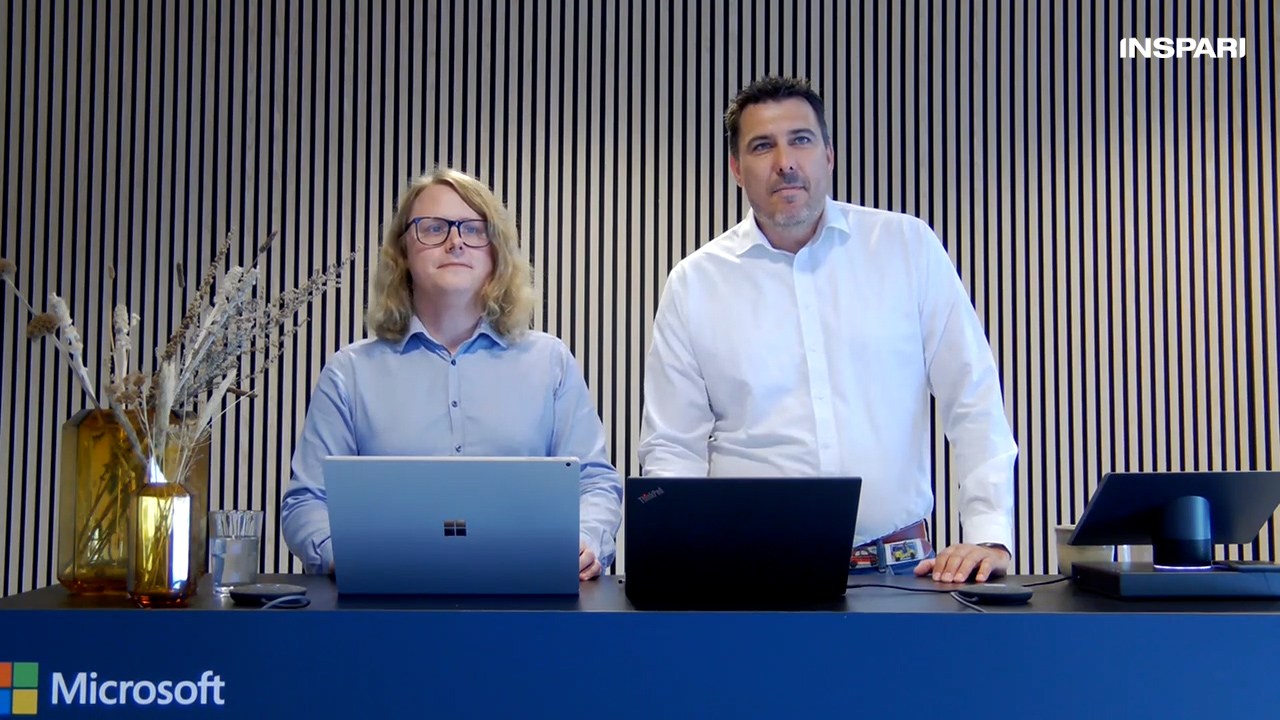Danske Fragtmænd avoids massive road toll burden – with the help of data and AI

When 1,300 trucks hit the Danish highways every day, it’s not just cargo being moved – it’s vast amounts of data. And for Danske Fragtmænd, data and AI became the key to solving a complex and costly challenge brought on by new Danish road tolls.
At the start of 2025, a new Danish law came into effect: Trucks over 12 tons would now have to pay road tolls on selected roads and in urban zones. From 2028, the toll will apply to all roads.
While the toll itself wouldn’t be a major issue for a traditional transport company, it posed a serious administrative challenge – especially for Danske Fragtmænd, a joint-stock company owned by 40 independent hauliers. They make about 10 million deliveries a year, some under the Danske Fragtmænd brand and others privately.
This made the accounting and toll-processing as messy as a rain-soaked rest area. Because how do you split a monthly Brobizz bill worth millions across many hauliers – when you don’t even know which trips were company-related and which were private?
It was almost impossible for us to determine which kilometers we should pay for – and which the hauliers should pay for. We needed a solution that was 100% transparent for all hauliers.
A brobizz, a GPS
and 1300 difficult parts
Together with data scientists from Inspari, Danske Fragtmænd developed an advanced model where math – quite literally – took the wheel.
Using a combination of:
- GPS data from each truck’s onboard PDA
- Geo-JSON maps of toll roads and environmental zones
- Brobizz transaction data
- Vehicle weight classes and emissions factors
…the team built a Python model to calculate exactly where the roughly 1,300 trucks had driven - and how much toll should be paid.
The model matches GPS coordinates – pinged every 15 seconds – with specific toll-triggering road segments. It also integrates Brobizz transactions to enable precise and transparent billing.
The model doesn’t run live but retrospectively, calculating every day what happened the day before. This ensures high data quality without sacrificing performance.
Danske Fragtmænd processes the millions of GPS pings per day in their Snowflake data platform. Snowflake’s scalable compute and ability to handle semi-structured data are key advantages – especially when dealing with large, complex datasets.
The road toll project has shown us just how many processes we can intelligently optimize – and how much value we can create with data and AI.
From gut feeling
to millimeter precision
The toll project is now fully operational. It automatically allocates privately driven toll costs to the individual hauliers, saving both them and Danske Fragtmænd a significant number of hours every month.
The precision? About 98%. In cases of doubt, Danske Fragtmænd pays the cost.
But for Rasmus Meulengracht and his team, it’s about more than just money:
The most important thing wasn’t actually the savings – it was removing the administrative burden from the hauliers. Their job is to transport goods, not to deal with tolls and tedious paperwork.
With the project in place, Danske Fragtmænd is now improving environmental reporting – based on actual trips, not just estimated averages. They are also forecasting how many trucks and employees are needed to move and handle freight between their 27 terminals and 200,000 m² of warehouse space.
We used to plan based on gut feeling and experience. Now we use training data and precision. It makes a difference – for our finances and our staff, so we’re never over- or understaffed.
With tools like Snowpark (to run Python models directly in Snowflake), AutoML via Cortex, and future possibilities for containerized services, Danske Fragtmænd has laid a foundation where predictive models and advanced optimization tools can be built – without moving data out of Snowflake.
From scope to launch
in three months
The road toll project was initiated in October 2024 with the goal of being ready by January 2025 – the same date the toll law came into effect.
That created enormous time pressure, requiring fast decisions, technical agility, sharp project management, and consultants ready to take ownership and maintain high momentum.
Insparis' data scientists were quick to understand our challenge and organization – and they were very flexible. We were under pressure to get it done before the toll took effect. But we made it thanks to a strong, joint effort.
The result: A solution launched on time – and a collaboration that ran like a well-oiled engine.
Tag fat i os, hvis du vil vide, hvordan DSC kom godt i gang med Fabric
Hvis du har spørgsmål eller tænker, at tiden er inde til et uforpligtende kald eller møde om, hvad Fabric kan gøre for din virksomhed, kan du kontakte os her.
Interesseret i mere Fabric? Heldigt!
Her finder du nemlig Fabric-inspiration ad libitum! Og skulle du have Fabric-relaterede spørgsmål, står vores eksperter klar til at hjælpe dig.
Efter milliardfusion: Microsoft Fabric og Power BI sikrer indsigt i kritiske forretningsdata i EIFO
Case

Webinar on-demand - Data-demokratisering igennem Data Governance
Webinar on-demand

Kickstart jeres Microsoft Fabric-rejse med en struktureret Playbook
Webinar on-demand
.jpg)
Webinar on-demand - De vigtigste takeaways fra #FabConEurope 2025
Webinar on-demand

Introduktion til Microsoft Fabric
Webinar on-demand

Dyk med ind i lakehouse i Microsoft Fabric
Webinar on-demand



